Interactive documentary exhibition “New 20 (twenty): How COVID-19 changed our lives” presents 22 photographs by two Bulgarian photographers – Anton Stankov and Nikolay Stoykov, which reflect how our lives and society have changed and adapted to the global pandemic.
The world that is leaving in the course of the current crisis had one main characteristic: we could not imagine it differently. Within a few months, we started living in a completely different reality. In a reality where we spend most of our time with ourselves, travel less, social contacts are limited, we have time to discover new hobbies, talents and meaning of our daily life… and our lives.
Until recently, people wandered in the dynamics of the world, they could not imagine such a pause at all, and today adaptation is #TheNewNormal. Each person finds a different meaning in the current situation. What exactly – we will look for the answers in the interactive photo exhibition “New 20 (twenty): How COVID-19 changed our lives”.
The exhibition examines the social and psychological aspects that people face. Wearing a surgical mask has become commonplace – like taking your ID card. Companies close their offices and employees work from the living room, from a house at the coast, the mountains or the country house. A “flu holiday” will no longer have the same meaning for the students because schools can go online within 24 hours.
Suddenly, the biggest threat is the person next to you. Which led to a strange effect: separation, social distancing became a form of solidarity. On the other hand, social distance tests people’s creativity, both personally and economically. Although extremely destructive and painful, crises invariably fuel the emergence of greater common goals, leading to progress through adaptation and innovation. They lead to change. It’s quieter, more private, calmer everywhere. People have not disappeared; they have simply changed. Through the interactive exhibition we aim to show how.
The project “Interactive exhibition “New 20 (twenty): How COVID-19 changed our lives” is realized with the financial support of the program “Creative Initiatives” of the Bulgarian National Fund “Culture “
Photographers: Nikolay Stoykov, Anton Stankov

Palm Sunday, Sofia, 2020
Author: Nikolay Stoykov
On Palm Sunday, the Holy Church “Sveta Nedelya” in the downtown of Sofia was visited by many people who were not worried about the infection and came to celebrate the holiday with a candle, prayer and worship of the icons. The temple was regulated for entry, church officials regularly cleaned the icons with disinfectant and kept order during the service.

Rehearsal for a dance performance, Sofia, 2020
Author: Nikolay Stoykov
Wondering how artists rehearse? To a large extent this is a personal choice, but many of those who work in large teams decided to rehearse with masks. For dynamic performances with a lot of movement and dance, this is difficult, but achievable. However, during a performance, the artists take off their masks and risk their health, in the name of bringing at least a little entertainment to people’s daily lives.

Doctor on the first line in COVID ward, Plovdiv, 2020
Author: Nikolay Stoykov
Plamena is a first-line doctor in the fight against COVID-19. Just two weeks after graduating, she entered the COVID department and faced the harsh reality of the pandemic. What she sees every day and whether she has been prepared for it – scan the photo with the Artivive app and listen to Plamena’s story.

Barbershop, Sofia, 2020
Author: Nikolay Stoykov
With anti-epidemic measures and compliance with the schedule, the barbers did not close their doors. Customers in most beauty studios declined during the peak phases of the pandemic, but this type of retail outlet continued to have regular customers and operate.

Patient in COVID ward, Plovdiv, 2020
Author: Nikolay Stoykov
At the peak of the pandemic, hospitals in the country were full, new COVID wards were constantly opening, sometimes in compromising conditions and with a significant lack of staff, but those in need of medical care were many times more than the health system was ready to take.

Audience, Sofia, 2020
Author: Nikolay Stoykov
The theatres were closed and opened several times, but at the times when the audience could break away from reality outside and attend a performance, this happened under strict measures and only 30% of the capacity of the halls was filled. The spectators sit in specific places with distance, in a checkerboard pattern or in another suitable configuration, so as to ensure sufficient distance between people.

The classroom, Sofia, 2020
Author: Nikolay Stoykov
Like the measures for movement in the school building, the classrooms have also undergone a number of changes. In classes where it was possible, measures for distance between students were required, but in many classes, this was not possible. At various stages of the epidemiological measures, students were required to wear a mask in class, about which there were many contradictory opinions from parents and students.

Closed restaurants and limited opportunities, Sofia, 2021
Author: Anton Stankov
At the peak of the pandemic, restaurants have only one chance to work – with home deliveries. For some it was not a new practice, others were forced to start doing it to survive. Despite the possibility of adaptation and the promised state aid, many businesses suffer huge losses and operate on the verge of bankruptcy.
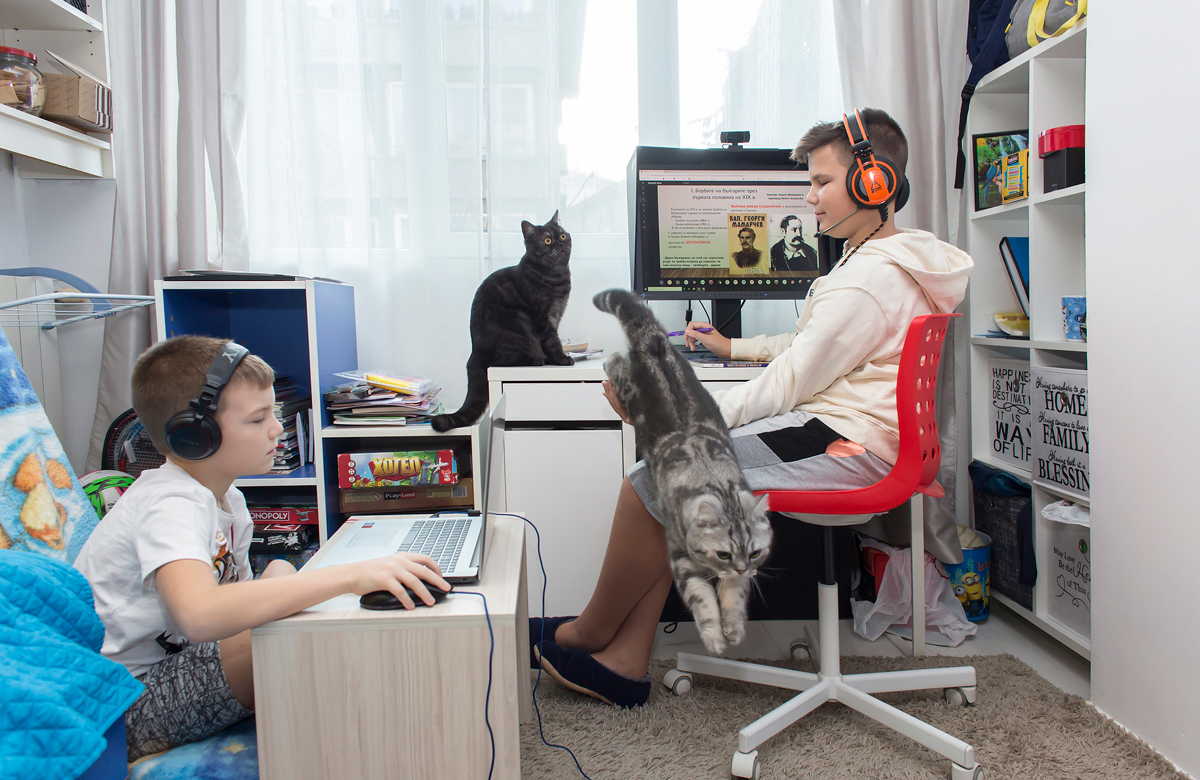
Online school, Sofia, 2020
Author: Anton Stankov
“Flu school break” will no longer have the same meaning as years ago, as schools are ready to go online within 24 hours. In the past year, classrooms have gone online several times – something that challenged teachers, students and parents. Young people spend a whole day on electronic devices, having many tasks for self-preparation and little time to catch up with the material. According to teachers and psychologists, the effects of online school and social distance have yet to be realized.
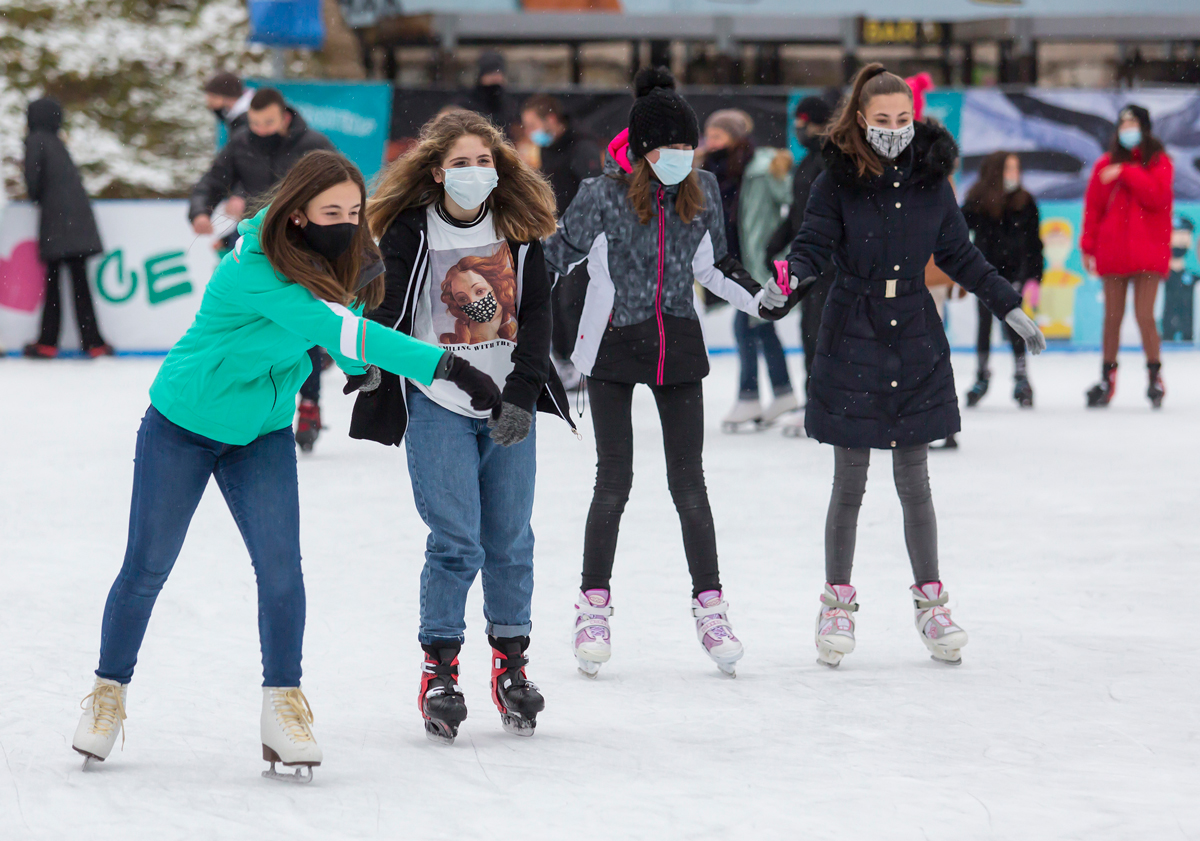
Entertainment in the city, Sofia, 2021
Author: Anton Stankov
Between November 2020 and February 2021, restaurants, sports and entertainment halls, and shopping malls remained closed across the country. In the winter conditions, in Sofia appeared a small oasis for meeting and outdoor sports – ice rink. Following all anti-epidemic measures and with reduced capacity, the ice rink has become a popular place to spend time with friends.
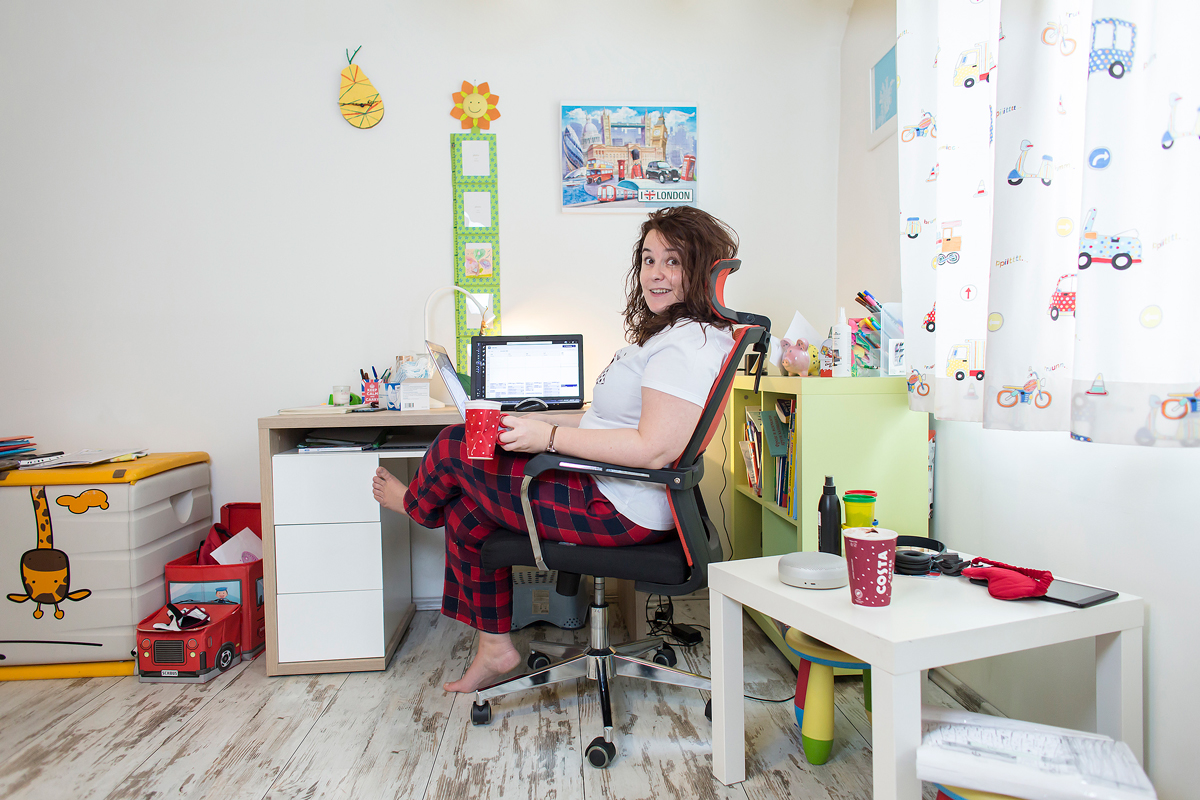
New office, Sofia, 2021
Author: Anton Stankov
Olga is an IT specialist. As the pandemic expanded, the office where she worked closed and her colleagues were asked to work from home. Her son is studying from home as well, sitting in the next room. How she combines the work with her son’s homework and online classes – scan the photo with the Artivive app and listen to Olga’s story.
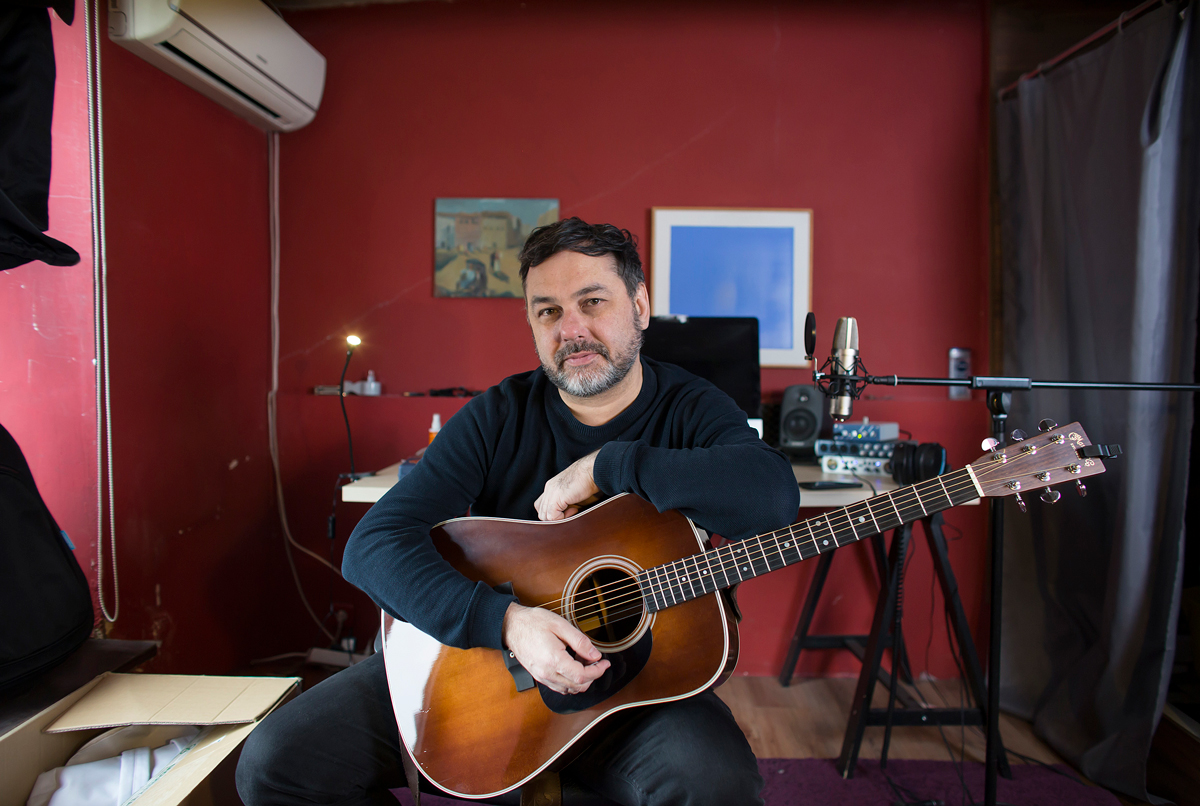
Svilen’s home studio (“Ostava” band), Sofia, 2021
Author: Anton Stankov
The music industry has proven to be one of the most affected sectors in the world. Concerts, festivals and tours are practically impossible to perform; the audience supports their favourite artists in all sorts of ways – from buying merchandise, through buying tickets for online shows, to support campaigns. In this strange situation, artists are looking for different ways to continue to make music and keep in touch with fans.
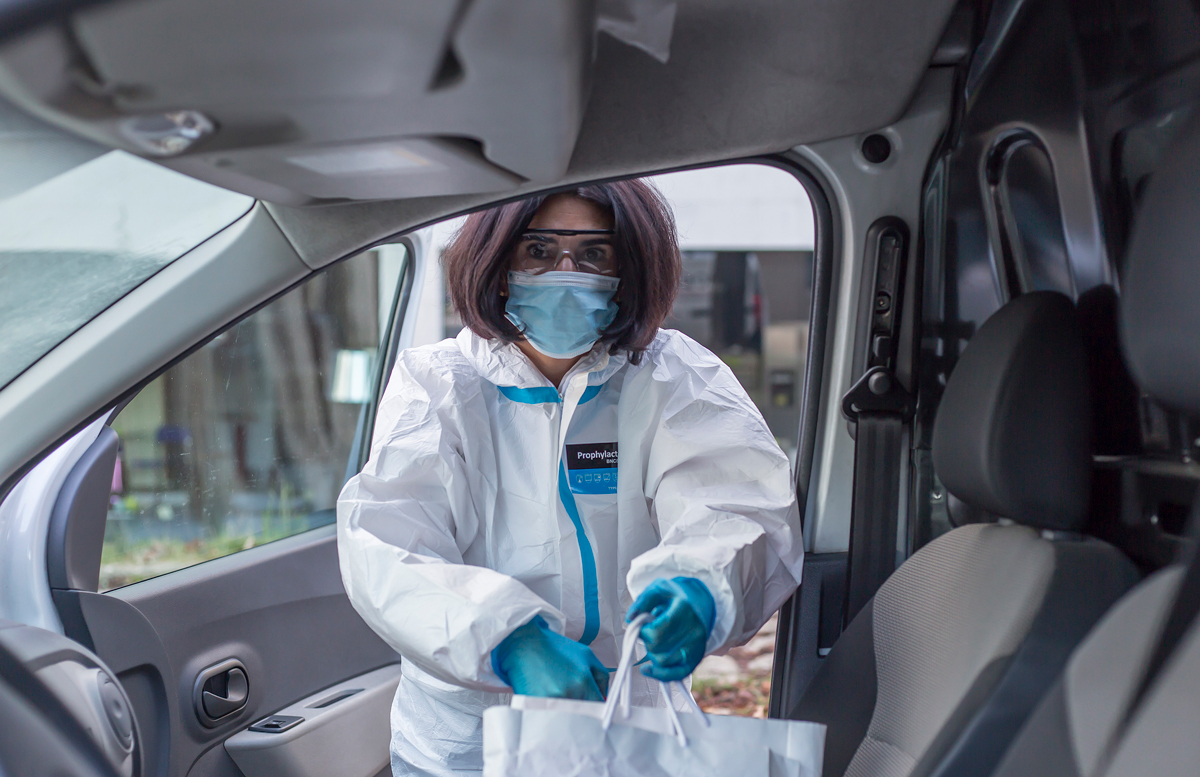
Samples collection, Sofia, 2020
Author: Anton Stankov
We now often see people in protective suits entering neighbouring buildings and moving around the city. These are medical workers who take samples in people’s homes. Their work is at the forefront of the fight against COVID-19 and their role is extremely important in controlling the pandemic.

